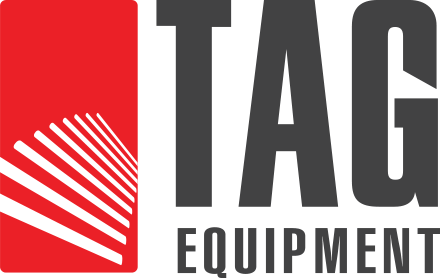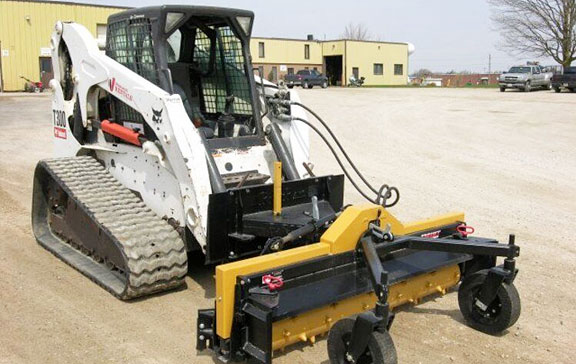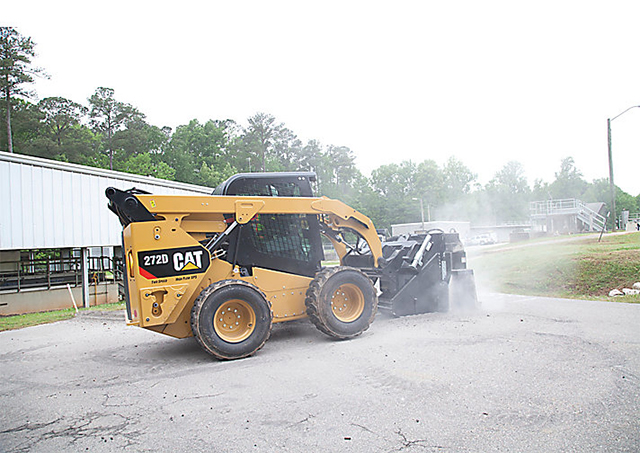Skid steers are sturdy, versatile, and perfect for challenging projects, such as land clearing, moving rocks and debris, tearing down walls, and more. Since they require a significant investment, proper upkeep is vital. Moreover, neglecting them may result in costly repairs. Read on to learn some tips to keep your skid steer loaders in excellent condition and ensure high performance.
About Skid Steers
This piece of compact equipment is popular because of its maneuverability, compact size, and attachment compatibility. Moreover, it is durable, reliable, and efficient and has several compatible attachment options. Thus, it has great use in several industries, including material handling, earth moving or levelling, construction, landscaping, demolition, snow removal, manufacturing, and more.
Skid Steer Attachments
You can use different attachments with your skid steer loader. Typically, they connect to the machine’s hydraulic system. Some high-powered accessories like cold planers require high-flow hydraulics. Knowing your attachments’ power requirements is beneficial to ensure it is compatible with your machine’s make and model.
Some of the standard skid steer attachments are:
- Rotary and pick-up broom
- Boom pole
- Grapples and buckets
- Stone fork and pallet fork
- Landscape rake
- Cold planer
- Stump grinder
- Salt spreader
- Snow pusher, snow blade, and snow wing
- Tree spade
- Log splitter and log grapple
- Hydraulic breaker hammer
Periodic Maintenance of Skid Steer Loaders
Performing proper maintenance on a skid steer loader requires an understanding of how these machines work. They have two tracks or four wheels, and the engine is generally behind the operator’s seat. They also have two arms on either side of the cab to help move the connected attachment. The regular upkeep of skid steers typically requires the following:
- Daily Maintenance – to identify potential problems immediately
- Monthly Maintenance – to check the critical components of the machine.
- Preventive Maintenance – to avoid unnecessary downtimes and expensive repairs and replacements.
4 Preventive Maintenance Checklist for Skid Steers
Regular Skid Steer Inspection
It is beneficial to start your workdays with a walk-around inspection, keeping in mind the following:
- Remove any debris around axles, the engine compartment, and other parts.
- Ensure the fluid levels are according to the range specified in the manual. This includes fuel, hydraulic fluid, engine oil, and coolant.
- Confirm that the fluid compartments are sealed.
- Look for leaks and liquid pools inside the engine compartment to identify possible damage.
- Inspect the cab and engine air filters.
- Check the fuel and water separator bowl and apply grease where required.
- Inspect all hoses for wear or damage and ensure the safety guards are correctly working.
- Ensure proper tire inflation and look for cracks and wear.
Fluid Sampling
Operators often overlook fluid management. However, learning about your compact equipment’s performance and total health is essential. It is beneficial to test the coolant annually, analyze engine oil samples every 250 hours, and examine transmission and hydraulic fluids every 300 to 500 hours. Check the owner’s manuals for the recommended intervals. You can identify the issues, diagnose them, and follow adequate remedies. It can also help prevent unexpected downtimes and reduce overall operating costs.
Determine Maintenance Responsibilities
In addition to daily inspections, it is essential to understand how to respond to in-cab messages and alerts. Most skid steers have a control unit for real-time indicators. Operators should address them promptly as part of their daily upkeep responsibilities to ensure efficiency and prevent expensive problems.
Reduce the Burden of Upkeep
When purchasing a skid steer, look for manufacturers and dealers who can help make its maintenance more manageable. They provide detailed instructions to avoid unplanned repairs. In addition, you can also get service kits for easy upkeep.
8 Important Tips & Tricks to Keep Your Skid Steer Running
Check the Front End
Examine the skid steer attachments to prevent debris accumulation and damage. Ensure the bushings and pins are well-greased, arms are well-functioning, and tubes and hoses are secure.
Review the Safety Controls
Check the seat belt, backup alerts, panel display, and horn to keep yourself and others around you safe on the job.
Inspect the Engine
Open the tailgate, clear any debris, and check that all the components, such as the cooling system and air filter, are in excellent condition.
Fluid Levels
Use high-quality oils, fuel, and OEM filters to maximize productivity and uptime. Ensure hydraulic and engine oils and coolant levels are correct to prevent heat damage and accelerated wear. Change them regularly and confirm they are at a consistent temperature specified in the manufacturer’s guidelines. In addition, look out for excessive fluid loss to identify leaks and insecure fittings.
Skid Steer Track and Tire Care
Keep the following in mind as part of the steer maintenance tasks to keep the tracks or tires in good shape:
- If your machine has inflatable tires, inflate them at the proper pressure levels to reduce wear.
- Check the air pressure regularly with a pressure gauge, considering the operator’s manual.
- Rotate the tires periodically to extend their life span.
- If your skid steer has tracks, ensure proper tension.
Cleaning a Skid Steer Loader
Keeping your compact equipment clean can help extend its service life. Remove any debris caught on the body and wash the windows for visibility. Wipe the engine compartment, radiator, and other components regularly to avoid the accumulation of dust and dirt.
Regular Service Appointments
Periodic maintenance appointments are critical to your skid steer’s condition. The experts have the required tools and equipment and trained technicians who can provide the best care for your machine. They can complete the inspection and maintenance of your skid steer to save time and prevent significant issues from developing. Doing so will help you in the long run by avoiding costly repairs.
Cover and Protect
It is essential to prevent the natural elements from damaging your skid steers. Cover and store them properly for winter to avoid rust, snow, ice, sunlight, or water damage.
Get Top-Grade Attachments, Tires & Tracks for Skid Steers
Tag Equipment offers high-quality skid steer attachments and parts to ensure high performance and desired productivity. Our experts will listen to your requirements and recommend the best solutions for your applications and needs.
For more information about our lineup of tires, tracks, and attachments for various skid steer makes and models, call us at 416-716-5850 or fill out our online form.


